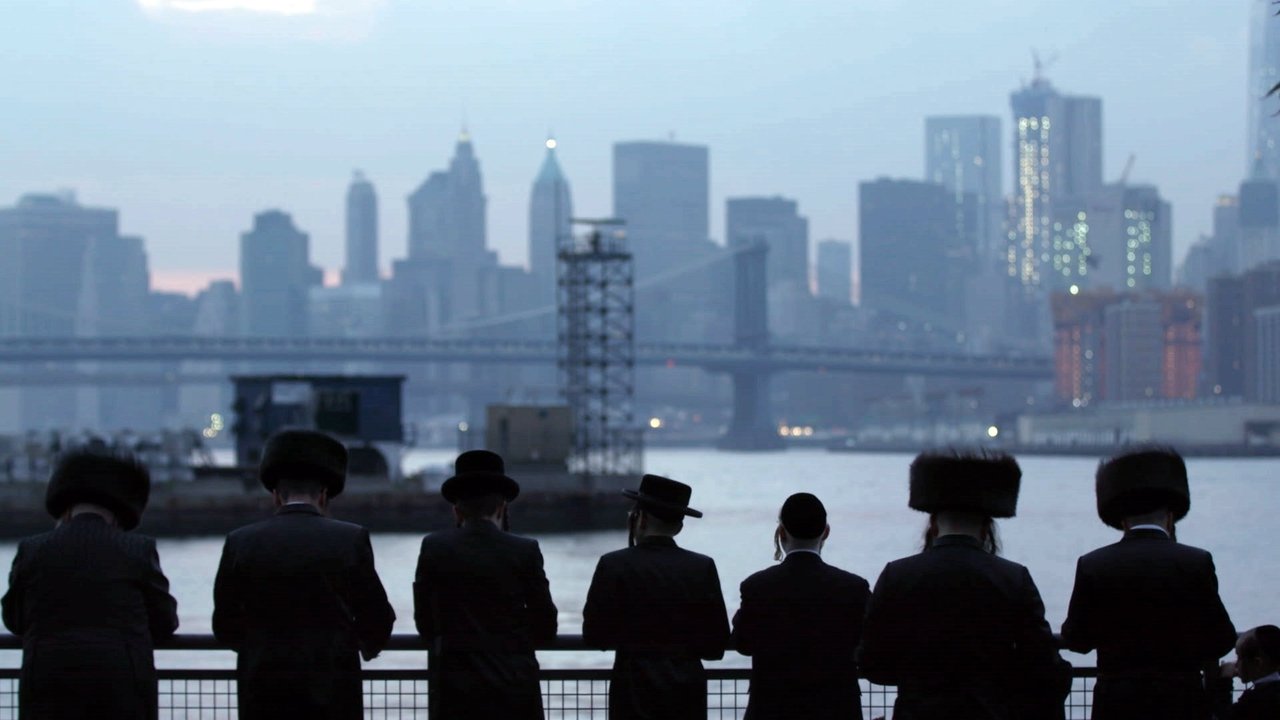
One of Us (2017)
Penetrating the insular world of New York's Hasidic community, focusing on three individuals driven to break away despite threats of retaliation.

Penetrating the insular world of New York's Hasidic community, focusing on three individuals driven to break away despite threats of retaliation.
 EttyHerself, an Hasidic member
EttyHerself, an Hasidic member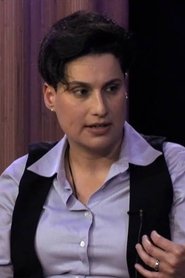 Chani GetterHerself, Footsteps counselor (ex-Hasidic)
Chani GetterHerself, Footsteps counselor (ex-Hasidic) Ari HershkowitzHimself, ex-Hasidic
Ari HershkowitzHimself, ex-Hasidic Luzer TwerskyHimself, ex-Hasidic
Luzer TwerskyHimself, ex-Hasidic David MandelbaumHimself, artistic director / new Yiddish rep
David MandelbaumHimself, artistic director / new Yiddish repA Life Apart: Hasidism in America, is the first in-depth documentary about a distinctive, traditional Eastern European religious community. In an historic migration after World War II, Hasidism found it's most vital center in America. Both challenging and embracing American values, Hasidim seek those things which many Americans find most precious: family, community, and a close relationship to God. Integrating critical and analytical scholarship with a portrait of the daily life, beliefs, and history of contemporary Hasidic Jews in New York City, the film focuses on the conflicts, burdens, and rewards of the Hasidic way of life.

Set in the Hasidic enclave of Borough Park, Brooklyn, "93Queen" follows a group of tenacious Hasidic women who are smashing the patriarchy in their community by creating the first all-female volunteer ambulance corps in New York City. With unprecedented-and insider-access, "93Queen" offers up a unique portrayal of a group of religious women who are taking matters into their own hands to change their own community from within.
Stamford Hill in North London is home to a community of 30,000 Hasidic Jews. Aiming to preserve a way of life they had in eighteenth century Poland and living strictly according to over 600 Biblical commandments brings them into conflict with modern life. They have embraced one aspect fully though, the Volvo Estate car.
"City of Joel" is documentary - with unprecedented access - to a 1.1 square mile shtetl in the suburbs that is home to 22,000 members of an one of the most insular and orthodox Hasidic sects. We follow the battles they are waging to survive. Just 50 miles north of New York City, the Satmar sect has built Kiryas Joel as a religious haven where they can be fruitful, multiply and follow the 613 rules of the Talmud. But with some of the highest rates of marriage, birth and religious observance in the country, they have been almost too successful. Developers have come up with a plan to double the size of the village to keep up with this growth, but their neighbors fight back because they believe it will harm the environment and tilt the balance of political power.
Rabbi Israel ben Eliezer (1698-1760), known as the Ba'al Shem Tov ("Master of the Good Name"), is one of the most beloved and celebrated, yet elusive, figures in Jewish history. Today, Jews worldwide – and even non-Jews – revere him as the founder of the Hasidic movement, a 18th-century offshoot of Judaism that promotes a mystical interpretation of the Bible, and as a model of piety and spirituality. The documentary A FIRE IN THE FOREST explores the life and legacy of the Ba'al Shem Tov through interviews with religious leaders and scholars, and on-location footage. The title derives from a tale about rabbis finding a hidden fire in the forest where they could appeal to God for help and have their prayers answered.
Conservative Rabbi Marc Soloway invites us on his personal journey to modern day Ukraine to visit the graves of the Hasidic Masters as he tries to establish a connection with the famous names that have so long occupied a place in his imagination.
Everyday life in the Waks household is a logistical challenge of monumental proportions. There are two minibuses to move the family around and the kitchen in its suburban Melbourne home has five ovens for kosher cooking. The family follows an orthodox form of Judaism. School, work, synagogue and socialising all take place within a tight-knit Jewish community.

Shmuel, a Hasidic cantor in Upstate New York and distraught at the untimely death of his wife, struggles to find religious solace, while secretly obsessing over how her body will decay. As a clandestine partnership develops with Albert, a local community college biology professor, the two embark on a darkly comic and increasingly literal undertaking into the underworld.
After impulsively shaving off his beard and sidelocks, a young Hasidic man experiences a nightmarish transformation that leads him right back to where he started. Over the course of one painful night, Eli Eisenstein will come to realize that it’s much easier to shave your beard than to shed who you are.
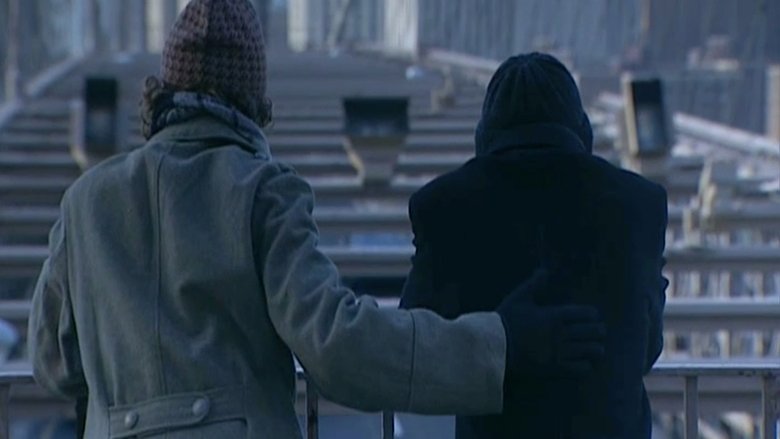
Mendy is a young Brookyln Hasid who leaves the strict rules of his insular and repressive community to join his childhood friend, Yankel, who is living securlary in Manhattan. Mendy's struggle to integrate his faith and traditions with the modern world are influenced by his growing friendship with Bianca, Yankel's free spirited Brazilian roommate.
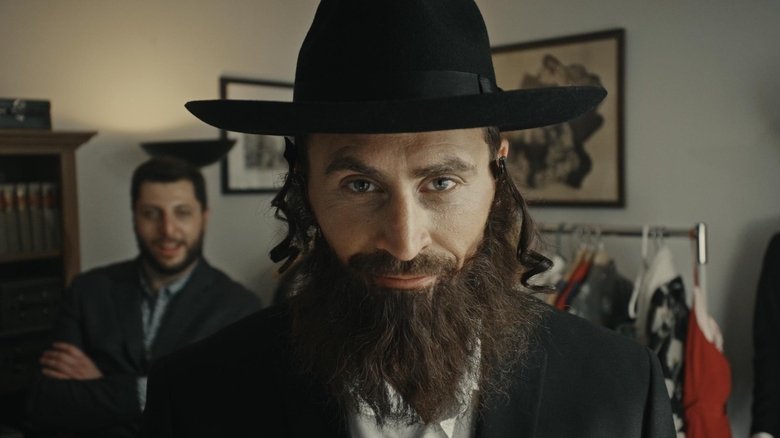
When their high school drama department falls victim to budget cuts, two teachers from the Bronx find an unlikely solution to their money problems: yaniv, a little-known card game with a thriving underground gambling scene in the Hasidic Jewish community.

While in San Francisco for the promotion of her last film in October 1967, Agnès Varda, tipped by her friend Tom Luddy, gets to know a relative she had never heard of before, Jean Varda, nicknamed "Yanco". This hitherto unknown uncle lives on a boat in Sausalito, is a painter, has adopted a hippie lifestyle and loves life. The meeting is a very happy one.
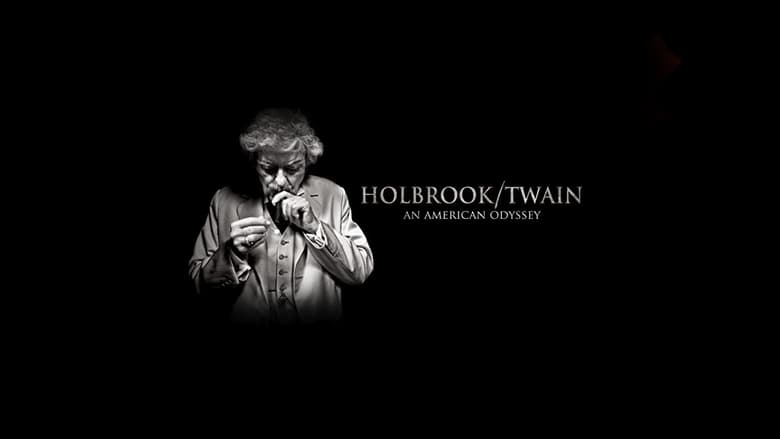
Hal Holbrook's Mark Twain is an icon of American theater. Since first walking on stage in 1954, Holbrook has performed his one-man show Mark Twain Tonight! for millions on and off Broadway, in all fifty states, in twenty countries, before five U.S. presidents and behind the Iron Curtain. Countless actors and Twain scholars have been influenced by Holbrook's work and his Tony and Emmy Award-winning masterpiece.
The House That Shadows Built (1931) is a short feature, roughly 48 minutes long, from Paramount Pictures made to celebrate the 20th anniversary of the studio's founding in 1912. It was a promotional film for exhibitors and never had a regular theatrical release and includes a brief history of Paramount, interviews with various actors, and clips from upcoming projects (some of which never came to fruition). The title comes from a biography of Paramount founder Adolph Zukor, The House That Shadows Built (1928), by William Henry Irwin.
Documentary short film depicting the filmmaking activity at the Paramount Studios in Hollywood, featuring dozens of stars captured candidly and at work.
Filmmakers Molly Bingham and Steve Connors capture an unseen side of the Iraq War with this compelling cinematic portrait of the men and women who are actively resisting their homeland's occupation. Via intimate first-person accounts and candid one-on-one interviews with eight Iraqi insurgents, the documentary offers insight to their motivations and allows them to explain their actions, shedding light on several myths in the process.
In April 1975 -- despite a ceasefire agreement -- the North Vietnamese communists took Saigon and the world by surprise, mounting an offensive that ousted the South Vietnamese government. This enlightening documentary recounts the last two years of America's military engagement in the country and the U.S. role in Saigon's fall. Interviews with former National Security Adviser Henry Kissinger and North Vietnamese officers provide context.

This documentary profiles the life and career of Pat Summitt, the NCAA's winningest basketball coach, who resigned from her post at the University of Tennessee in 2012 due to early-onset Alzheimer's disease.
Street art, creativity and revolution collide in this beautifully shot film about art’s ability to create change. The story opens on the politically charged Thailand/Burma border at the first school teaching street art as a form of non-violent struggle. The film follows two young girls (Romi & Yi-Yi) who have escaped 50 years of civil war in Burma to pursue an arts education in Thailand. Under the threat of imprisonment and torture, the girls use spray paint and stencils to create images in public spaces to let people know the truth behind Burma's transition toward "artificial democracy." Eighty-two hundred miles away, artist Shepard Fairey is painting a 30’ mural of a Burmese monk for the same reasons and in support of the students' struggle in Burma. As these stories are inter-cut, the film connects these seemingly unrelated characters around the concept of using art as a weapon for change.